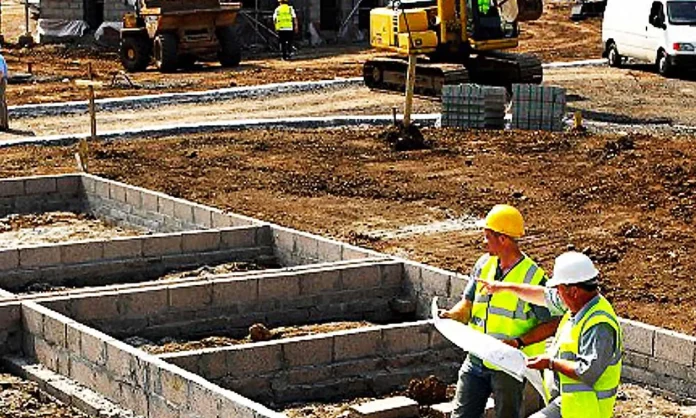Last Updated on July 13, 2023 by
When an oil spill or fuel leak occurs, the safety of both people and the environment must be top priority. This is why it’s important to understand not only what your responsibility is in the event of a fuel spill, but also how best to respond so that damage can be minimised. In this blog post we’re going to delve into the steps necessary for proper fuel spill response and provide essential knowledge on actions which should – and shouldn’t – be taken when preparing for and dealing with any such incident. So if you’d like to gain insight on how our fuel spill readiness protocols can help keep you safe in times of crisis read on!
Table of Contents
Identify the type of fuel spilled and assess the potential damage it can cause
When responding to a fuel spill, it is crucial to quickly identify the type of fuel that has been spilled and assess the potential damage it can cause. This information is essential when determining the appropriate fuel spill response procedure. Depending on the type of fuel, the potential damage can range from environmental harm, safety hazards, economic loss, and long-term health effects. Therefore, it is vital to act fast and efficiently to minimize the harm caused by the spill. A prompt response will not only protect the environment and people but also contain the damage and reduce the cost of clean-up and recovery efforts.
Notify the proper authorities as soon as possible to begin response efforts
In the event of a fuel spill, time is of the essence. It’s crucial to notify the proper authorities as soon as possible to kickstart response efforts. A fuel spill response procedure should be put in place before any potential incident occurs. Having a clear plan of action can minimize the impact of a spill and increase response efficiency. By notifying the authorities right away, you’re not only fulfilling your legal obligations but also doing your part to protect the environment and public health. Remember, every second counts, so act fast and contact the appropriate authorities immediately.
Secure the area to protect people and surrounding property from potential danger
Ensuring that an area is fully secure is vital to the protection of individuals and property from potential danger. One specific example is the implementation of a fuel spill response procedure. If a spill were to occur, it could not only cause harm to the environment but also pose a risk to the safety of nearby individuals and structures. With a proper response procedure in place, spills can be quickly contained and mitigated, greatly reducing the potential for further harm. By taking preventive measures and having protocols in place, we can proactively keep our communities safe and secure.
By taking all these precautions seriously and working together efficiently we can minimise risk before considering future prevention efforts. For more information on fuel spill response procedures, check out DHI Excavations.
Apart from that, if you are interested to know about 5 Surprising Advantages of Fuel-Efficient Vehicles then visit our Business category.




















